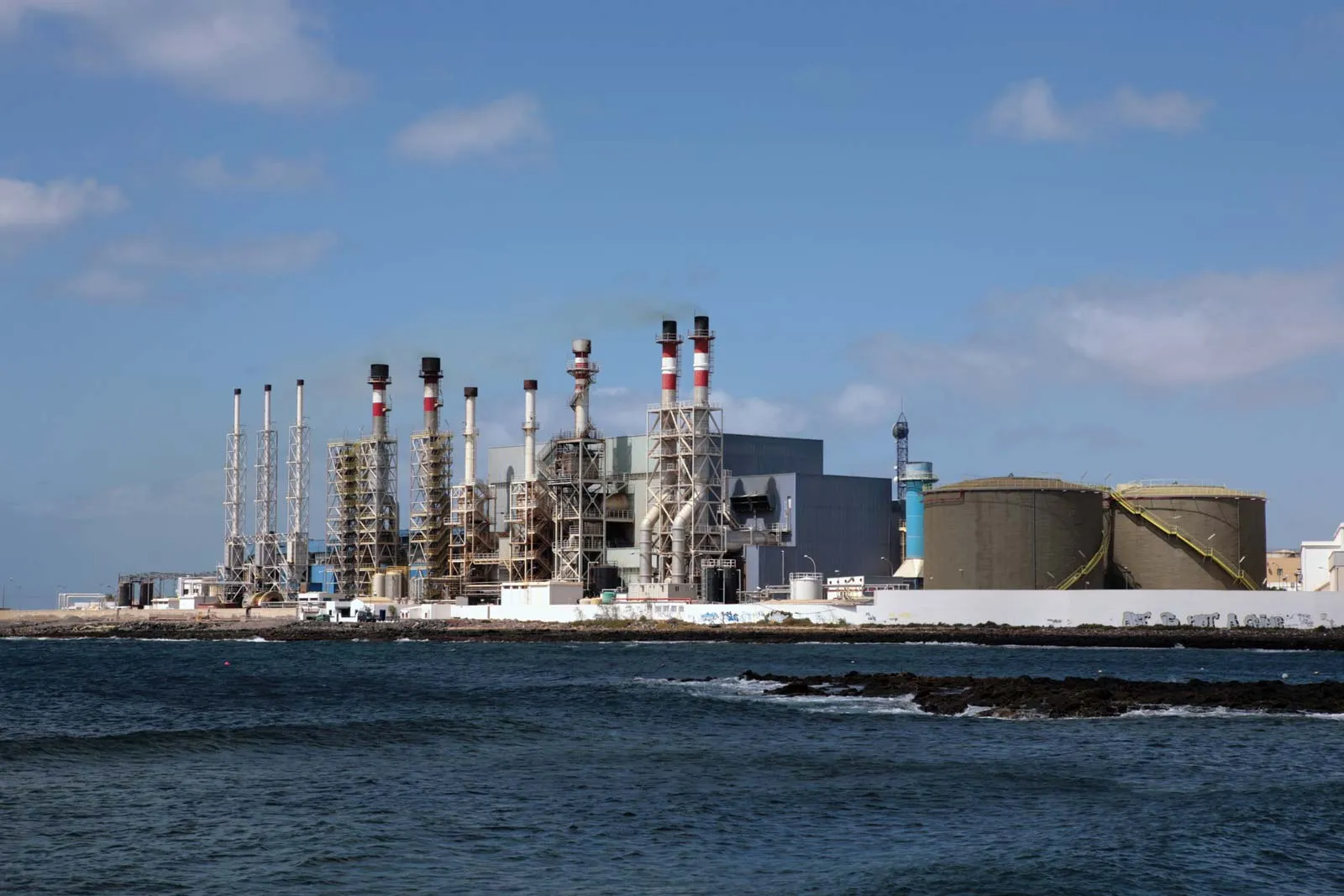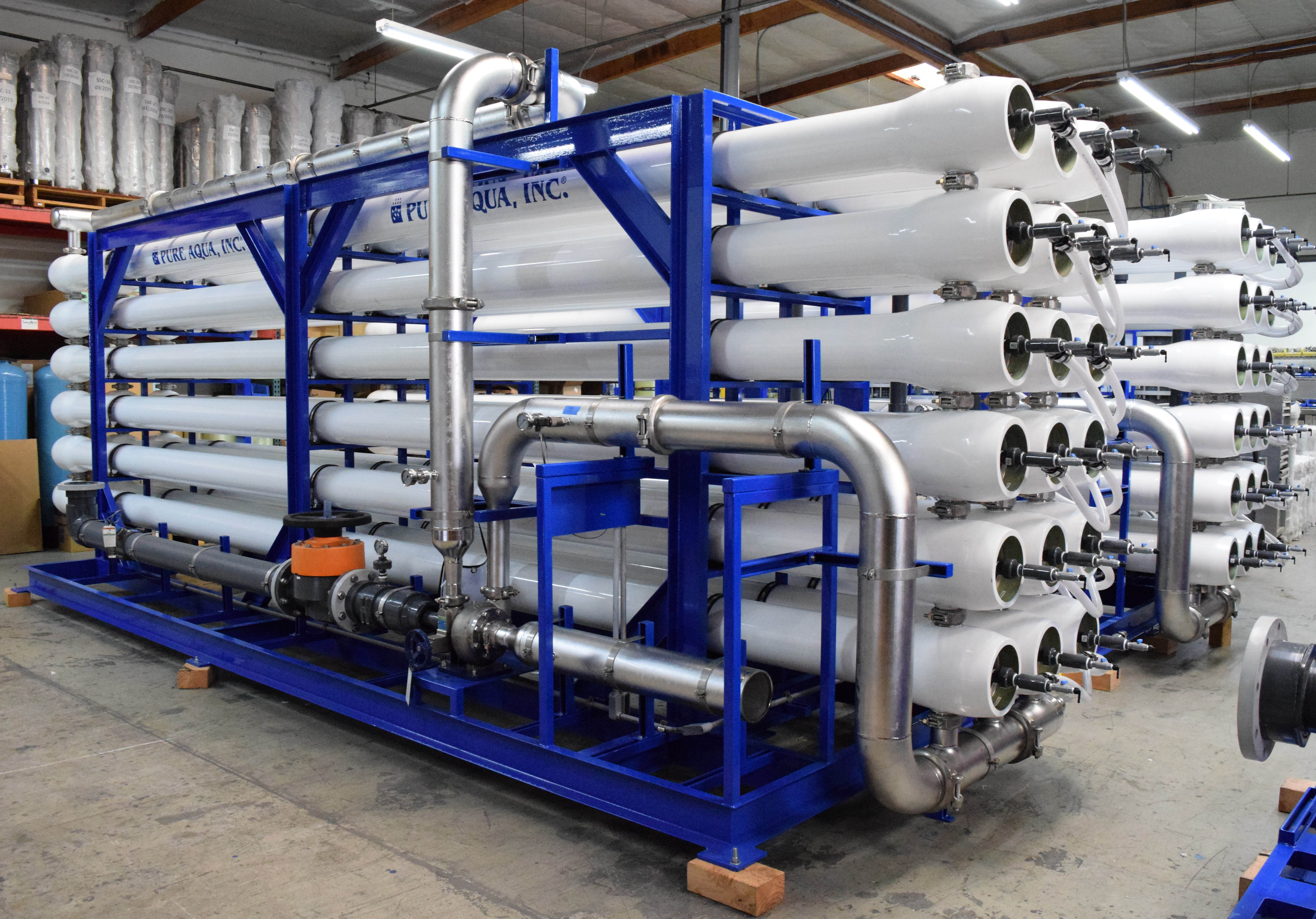Does reverse osmosis work on seawater?
Reverse osmosis technology, as a membrane technology widely used in seawater desalination, has always attracted much attention. In the context of water shortage, people hope to find an effective way to convert seawater into freshwater resources that can be used for human life and industry. The effectiveness of reverse osmosis for seawater will be discussed below from several aspects.
1. Principle of reverse osmosis technology
Reverse osmosis technology utilizes semipermeable membranes by forcing seawater through them at high pressure, allowing water molecules to pass through while most dissolved substances are rejected. In this way, salt and other impurities in seawater are effectively filtered out, and the resulting fresh water can be used for various purposes such as drinking water, irrigation, and industrial water.
2. Application of reverse osmosis technology
The application of reverse osmosis technology in the field of seawater desalination has been widely recognized. Many coastal areas and island countries use reverse osmosis technology to solve the problem of fresh water shortages. By building seawater reverse osmosis plants, these areas can obtain a stable supply of fresh water to meet people's daily life and industrial production needs.
3. Advantages and limitations of reverse osmosis technology
Although reverse osmosis technology has significant advantages in seawater desalination, such as high efficiency, reliability, and flexibility, it also has some limitations. First, reverse osmosis equipment and operating costs are high and require a large amount of energy and capital investment. Secondly, the reverse osmosis process may produce a large amount of wastewater and brine by-products, which will have a certain impact on the surrounding environment.

What is the scope of application of reverse osmosis technology?
The applicable scope of reverse osmosis technology is a matter of great concern. This question will be answered from different angles below.
1. Desalination of seawater
One of the most common applications of reverse osmosis technology is to desalinate seawater, converting seawater into freshwater resources that can be used for human life and industry. This is particularly important for coastal areas and island nations, which lack natural freshwater resources.
2. Treat groundwater
In addition to desalination, reverse osmosis technology can be used to treat salts and contaminants in groundwater to provide clean drinking water and irrigation water. This is particularly important in arid areas and areas with scarce water resources.
3. Industrial water
In addition to drinking water and irrigation water, reverse osmosis technology can also be used in industrial water fields, such as power, chemical, pharmaceutical and other industries. By filtering impurities and dissolved substances in water, reverse osmosis technology can provide high-quality industrial water to ensure smooth production and manufacturing.
4. Medical and domestic water
Reverse osmosis technology can also be used to produce high-purity water, such as medical water and laboratory water. These occasions have extremely high requirements for water quality, and reverse osmosis technology can provide water quality requirements that meet standards to ensure the smooth progress of medical and scientific research work.

What challenges does reverse osmosis technology face?
Although reverse osmosis technology has important applications in seawater desalination and water treatment, it also faces some challenges and limitations. These challenges and their impact on technology development and application are described in detail below.
1. Energy consumption
The reverse osmosis process requires a lot of energy, especially in converting seawater into fresh water. High energy consumption not only increases operating costs, but may also intensify the demand for energy resources and cause negative impacts on the environment.
2. Membrane fouling
Reverse osmosis membranes are susceptible to pollution. When there are a large number of impurities and microorganisms in the water, it is easy to cause blockage and damage to the membrane, reducing filtration efficiency and water quality. Therefore, membrane fouling has become one of the important factors limiting the application of reverse osmosis technology.
3. Salt water treatment
The wastewater and brine by-products generated by the reverse osmosis process need to be treated and disposed of, otherwise they may have a negative impact on the surrounding environment and ecosystems. The cost and technology for treating brine is also a concern.
4. Technology maturity
Although reverse osmosis technology has been widely used in the fields of seawater desalination and water treatment, there are still some technical challenges and problems that need to be solved. For example, the research and development and improvement of membrane materials and the application of energy-saving technologies require continuous investment in scientific research and technological innovation.
5. Economic feasibility
Reverse osmosis technology may not be economically viable in some areas due to its high cost, especially in developing countries and resource-poor areas. How to reduce technology costs and improve technology accessibility and applicability is one of the current issues that need to be solved urgently.
In summary, although reverse osmosis technology has important application prospects in seawater desalination and water treatment, it still faces some challenges and limitations. Only through continuous technological innovation and sustained R&D investment can we better overcome these challenges, promote the development and application of technology, and provide more clean and sustainable water resources for mankind.




